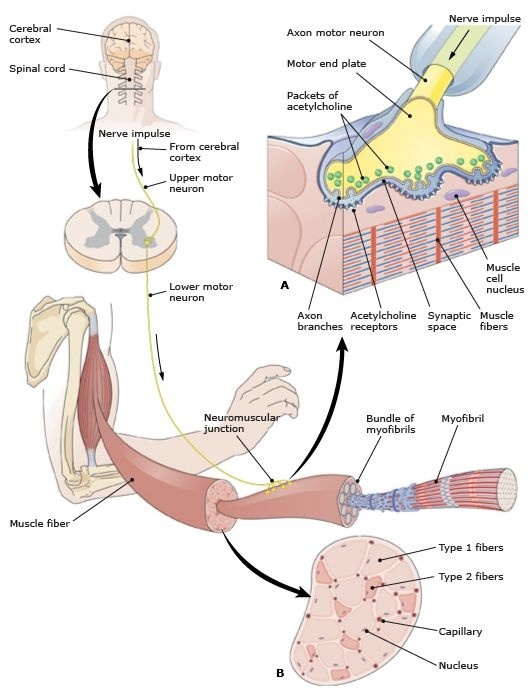Have you ever wondered about the number of sets, repetitions (reps), rest, etc. that you should dedicate to a specific movement or workout? Why those specific numbers of repetitions? Why is there a range of reps recommended rather than a set amount?
We hope to offer some clarity on this topic throughout this series.
But before we talk numbers, let’s talk concepts.
What’s The Point of Training?
In physical training, we train to improve a particular component of our neuromuscular and musculoskeletal systems.
The following parameters are the ones that we typically aim to improve:
Strength
Endurance (muscular and cardiorespiratory)
Power
Mobility
Flexibility
Coordination
In the physical fitness world, each parameter is treated fairly individually with emphasis placed on the muscular system, for example, days are labelled in the workout week as a ‘strength day’ or ‘cardio day’.
At Bould Move we promote the concept of motor control as the focus each day and simply adjust the reps/sets scheme to the parameter that needs improvement.
The Motor Control Concept
Motor Control is considered “the process of initiating, directing, and grading purposeful voluntary movement” (ref).
Picture 1. Schematic diagram of neuromuscular motor function

Picture breakdown:
1. A thought to move becomes a mobile electrical impulse.
2. This nerve impulse relays from the brain to the muscle via motor neurons.
3. A cascade of events occurs where and when the nerve impulse meets the muscle, leading to a muscle contraction.
Why Are You Telling Me This?
This is important so get ready to remember this – we control the electrical impulse. We can control the intensity and the duration of the signal.
This means we can control:
the number of muscles recruited.
the force of the contraction.
the contraction duration.
Which means we can control the intensity, duration and coordination of our movements. We then measure this motor control in different ways – strength, endurance, coordination, etc.
For example, strength is a measure of the number of motor units recruited, and the intensity at which they are recruited. Endurance is more a measure of intensity and duration.
Of course muscular fatigue plays a role in how long we can sustain the contraction/s, but it is often the motor control element that stops us performing that extra rep or 2.
This is why performance improves in competition. Competitions increase the degree of mental focus, leading to enhanced motor control and ultimately performance.
This is why mothers can pick up cars to save their children.
So, motor control is – thinking about performing a movement, then performing the movement as planned.
Concept in Action
So next time you see the reps and sets scheme for the training day ahead, get your head in the game, choose an appropriate level of resistance to make the movement challenging (e.g. weight, movement complexity), then keep producing signals and recruiting muscles until you have achieved the goals of the day’s training.
This concept can easily be transferred to your next bouldering session too. Pay attention to the part of the body that needs input and send that signal. Crimp harder with the left hand, pull appropriately with the right arm, angle and drive through the feet as needed.
Takeaway notes
Motor control is the conscious and voluntary control of movement.
Motor control can be measured in various way – strength, endurance, power, mobility.
Motor control can be enhanced with consistent training.
Training can be tailored to enhance specific parameters of motor control (strength, power, etc.).
There ain’t no party like a west-coast party, cause a west-coast party don’t stop!
In What’s The Point of Training? Part 2 we will discuss how to choose the appropriate number of sets and reps to improve the specific parameters of motor control.
Sign up here for all of the latest Bould Move news.
We can not wait to move, train and climb with you at Bould Move Sunshine Coast.
